VICTORIA'S PEST CONTROL IS PREPARED FOR ALL THAT PESTERS
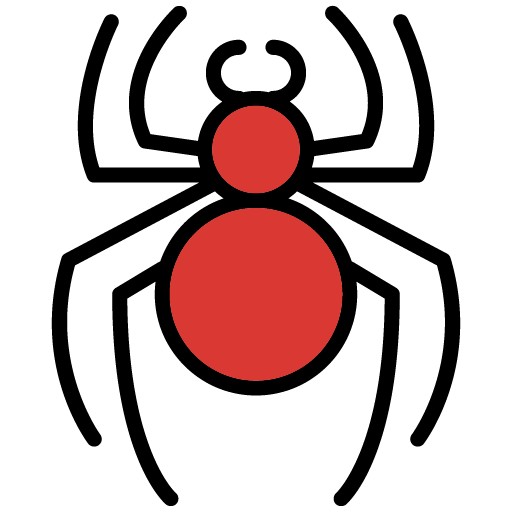
Get Rid of Spiders
Spiders can easily enter the home through doors, windows, air vents, and any other unfilled holes or cracks. Just by checking for potential opening and sealing as many up as you can, you can prevent spiders from entering your home. They come inside to fulfill the same basic needs: food, water and shelter. Moisture seeking spiders often make their shelters in basements, crawl spaces, and other damp areas inside. Other species prefer air vents, high upper corners of rooms, and attics. House spiders tend to be quiet and stay hidden.
The common house spider is not inherently dangerous to humans. They are more of a nuisance due to their webs. They usually only bite if they are in a life-threatening situation. However, keeping spiders out of your home is a smart idea due to the few spiders in North America that can be dangerous to people.

Get Rid of Rodents
Rats and mice leave unique signs of an infestation. A major sign that you have an infestation is the presence of droppings. Distinct piles or tracts of what looks like dirt in your house, especially along walls are how droppings will appear in your house. The small and smooth droppings indicate mouse while dark brown and blunt ends indicate rat droppings.
Another major indicator that you have rodents is hearing strange noises like scratching and squeaking -and when bad enough, may sound like a herd of tiny elephants running across your ceiling. Due to their nocturnal nature, you are most likely to hear or even see mice and rats at night.
You may also notice a musky odor that no amount of open windows or fans can seem to get rid of. Don’t count on dogs or cats to get rid of your unwanted visitors. Even if you have avid mousers, mice can easily outbread a mouser's appetite - and the diseases and parasites that they can pass to your pets just aren't worth it.
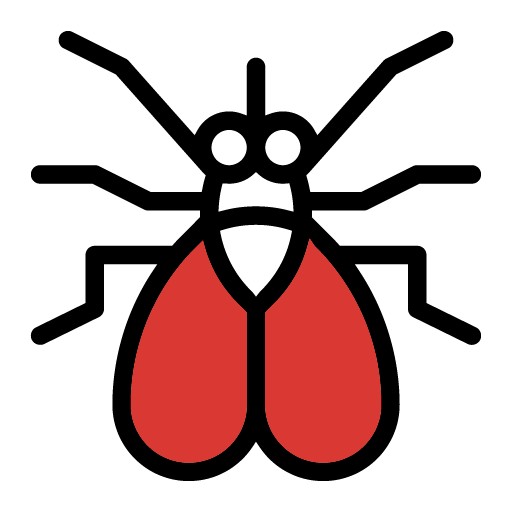
Get Rid of Flies
Having a fly in your home is nothing new to homeowners. Fly swatter is the most common forms of “controlling” house flies. To keep flies out the house, you must know where they are and why they are there. Having signs of cluster flies or other large flies, or fruit flies or other small flies will help determine what type of control you need.
Sanitation is always number one when trying to control fly infestation. They’re attracted to decaying matter, so vacuuming the rugs, keeping trash can lidded and closed, cleaning spills quickly, cover any non-refrigerated foods, keeping pet feeding and litter areas clean.
Some flies bread in standing water such as drain flies. Fixing any drips and eliminating any areas of excess moisture are easy ways to prevent an infestation.
Ready to be rid of flies in a hurry? We're here to help. Give us a call today.
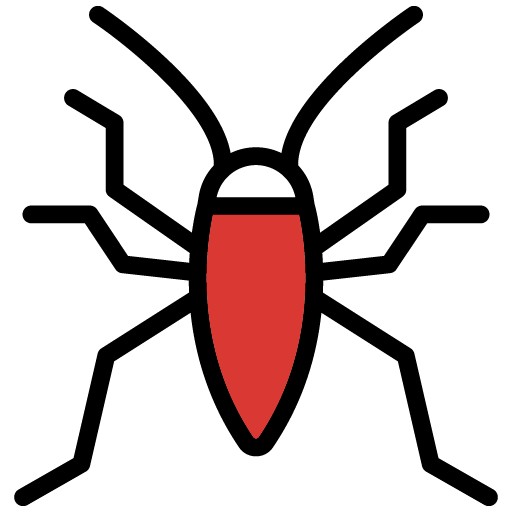
Get Rid of Cockroaches
Cockroaches don't necessarily become attracted to dirty homes. They like food and standing water much like most pests. If you store wood or gather mulch close to your home, you're susceptible to roach infestations.
Cockroaches are equal-opportunity invaders, so even spotlessly clean houses can attract these critters. These nasty pests carry disease and can cause food poisoning while also triggering allergies and asthma attacks. They leave a dander of discarded exoskeletons and feces that can affect the air quality of the home.
Cockroaches can enter your home in many ways. They may hitch a ride on your grocery bags, on cardboard boxes, luggage or furniture, but more often they get in through the plumbing, sewers or drains, or migrate in from wood and mulch piles.
They tend to be found where food is prepared and stored. They’ll prefer warm, moist areas and are commonly found in boiler rooms, heated steam tunnels, basements, around pipes and water heaters, and wet floor drains. They’re often in sewer systems as well.
If you're struggling with a roach infestation, don't hesitate to give us a call.
Cockroaches are almost attracted to anything within the home. Like any pest, they seek the basic needs of food, water and shelter. Food is what attracts them the most. Eliminating this source by cleaning up around the house and storing food in airtight containers. Water can be removed by checking pipes and repairing any leaks. Don’t allow water to stand for too long in plants or pet bowls. Always hang wet towels and mats to dry after use. Keep wet sponges dry and off the counter. The best way to eliminate shelter is to secure your home by blocking any gaps or crevices where roaches may enter the home. It is also important to remove clutter. Because roaches use pheromones to communicate, they prefer surfaces that are better at soaking in this sent such as cardboard and wood.
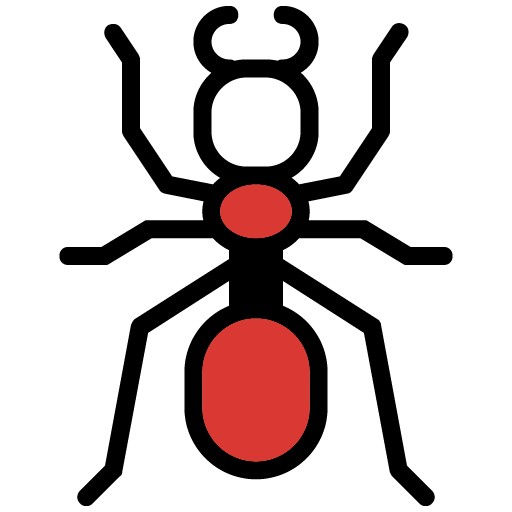
Get Rid of Ants
House ants are sometimes called odorous ants. They leave behind a rotten coconut smell when their bodies are crushed.
These pests tend to contaminate food products when they invade kitchen storage areas. They have dark brown or black bodies. Ants create nests in walls or floor voids when indoors.
Odorous house ants enter homes in search of food, preferring sweets and meats which are usually found in pantries and cupboards. They search for locations that are warm and close to moisture. When nesting outside, ants may crawl indoors through cracks in the foundation or openings around doors and windows. These ants can bite, but the bite is not painful.
Foraging worker ants are usually the first to be observed, though winged swarmers may also find their way in. If those winged swarmers appear white in color - you have a serious problem. Those are termites. The faster you address a termite problem, the better. If you find a pile of discarded wings, it's best to inspect for termites, just in case.
Our Pest Control Technicians can provide regular preventative services to prevent ant infestations, or address them as they occur.
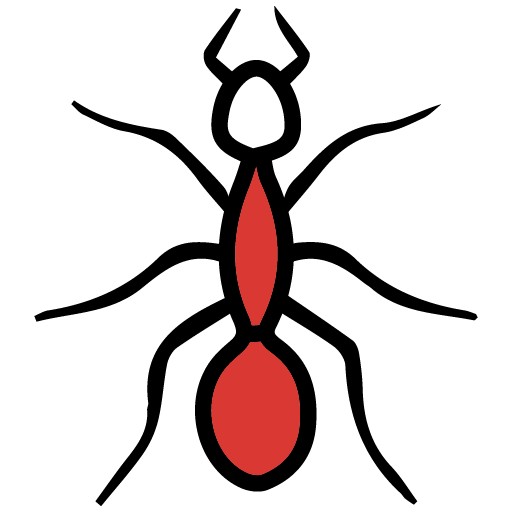
Get Rid of Carpenter Ants
Getting their name from their nest building, Carpenter ants will excavate wood and form smooth tunnels inside. Even though they do not eat the wood, they tunnel and chew through to create nests. Ants vary in size and can be anywhere from 1/5’ to 5/8’ long.
Carpenter ants can vary in color. Some are black and red, completely black, red or brown. The black carpenter ant is the most common.
Common signs of infestation other than the presence of workers and/or swarmers is the appearance of small openings on the surface of wood. The ants expel debris through these which consists of sawdust-like shaving and/or fragments of insulation and insect body parts.
A gathering of debris below the holes is a good indication of an active infestation. The gallery walls that are created are smooth, with a sand-papered appearance. Active galleries are kept clean. Wood that is softened by fungus and are often associated with moisture problems are the preferred nesting areas.
Carpenter ants need a water source to survive and are more likely to infest homes with standing water. A moist basement or clogged drains attract all kinds of creepy crawlies, so it's important to perform regular upkeep on plumbing.
Carpenter ants will travel in from wood or mulch piles, as well as from tree branches that are too close to the home. Carpenter ants will often build nests in wood stacks. Firewood and building materials should always be stored away from the home.
While they will attack wood that is in good shape - they prefer already rotting wood. If you do notice a carpenter ant problem, it's likely you also have a water problem somewhere that needs to be addressed. Carpenter ants leave frass (sawdust) where they travel and tend to be spotted sooner than termites. While they tend to cause far less damage to homes, they can seriously compromise already problematic areas and their presence is not in any way benign.
Be sure to address carpenter ant problems immediately to prevent costly damage to your home.

Get Rid of Bees
Bumble Bees/Honey Bees
Bumble bees prefer dry, dark cavities and nests can turn up in a variety of unexpected places. These places include porches, wall cavities, air vents, eaves, and roof soffits.
It's important to have these nests moved by a professional. Even though bumblebees themselves don’t case any damage to homes, their waxy hives can cause structural damage to homes...not to mention a waxy mess.
To prevent nests in the same place the following year, you'll want to block up any entrances to the nest and other suitable nest spaces nearby.
Carpenter Bees
Carpenter bees are attracted to unfinished or weathered wood. They excavate tunnels to use as nests, but do not eat the wood. Nests are usually found in eaves of homes, as well as in decks, siding, fascia boards or porches. They nest over the winter and reemerge in the spring. Pests may continue to use and expand the same tunnels or find new ones if left alone. Fairly harmless as they are, carpenter bees increase the number of nests over the course of years. This causes noticeable damage to wood and create stain with their feces. Females can sting but will only do so if bothered, while males are aggressive as they fly around people and pets, and no not have a stinger.
Painting wood and keeping outside doors closed to prevent carpenter bees’ access to wood that could be used to construct galleries is a good way to prevent a carpenter bee infestation. Infestations can be identified by holes in wood, the presence of sawdust on the ground, the presence of a yellowish combination of pollen and bee excrement, and their bothersome flight activity.
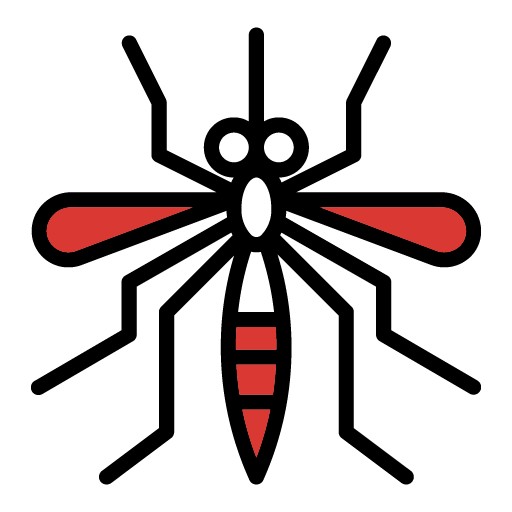
Get Rid of Mosquitoes
Mosquito control is one of the most overlooked issues in the United States. With diseases such as malaria, dengue and yellow fever mosquito- related deaths are put between one and two million each year. Prevention like making sure doors and windows are sealed tightly or if opened are fitted with screens help keep mosquitos out of the house. Screens should be in good repair and have no holes or tears. Seal up cracks and crevices in the foundation of your home around the entryways. Limiting their breeding capabilities is a good way to get rid of mosquitoes. When a mosquito sucks your blood, you are giving them isoleucine in your blood, making their reproductive output more efficient. With the isoleucine, females can lay up to 100 eggs, without it, they can only lay up to ten. Water is required for their life cycle stages (hatching into larva and developing into pupa). Weather it’s 10 or 100, eliminating standing water in and around your home leaves no place to hatch their eggs. Pooling in buckets, gutters, old tires, plastic tarps, container, birdbaths, pools, rain barrels, potted plants and similar items need drainage too keep standing water from forming. Clean gutters and drainage systems. Treat swimming pools and keep the water circulating. Replace bird bath water two or three times each week. Fill in ditches with dirt. These are all measures that can be taken to help prevent infestation.
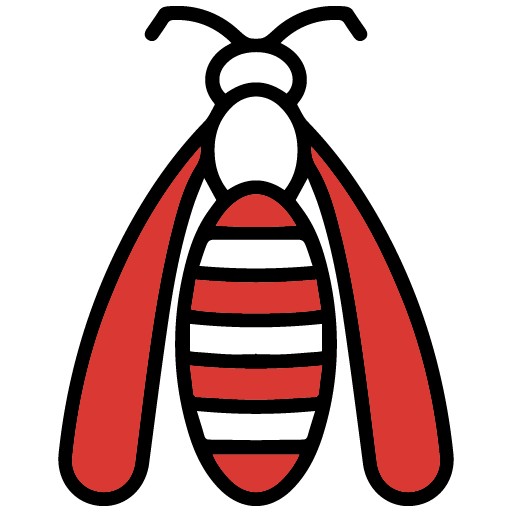
Get Rid of Wasps & Hornets
Wasps
Wasps generally get in through openings that lead inside our homes and commercial spaces. They come inside to forge for a food source, to find a nesting site, to find a protected place to hibernate in, or just by accident or happenstance. Simply sealing opening that may lead into a home is the best way to prevent an infestation. Sealing up voids when wasps are present may lead to nests not being dead, and wasps chewing through wallboard or ceiling trying to escape to get food. Leading to angry, confused pests that are now inside the home. With wasps hibernating or just nesting in the house resulting problems include associated allergic reactions and damaging wallboard or ceiling. Abandoned nest could be new homes to scavenger pests resulting in new infestations.
Hornets
Hornets usually do not nest inside then home unless it is to hibernate. Their nests are usually found on branches of trees, large outdoor tree-like shrubs, or easements. Soffits and protected nooks on outdoor siding is another ideal spot for hornets to make nests. These areas are within range of their food sources. Adult wasps like insects and plant nectar, but fruits and sodas will also attract these critters.
Following careful guidelines to get identify and get rid of wasps starts with getting over your fear of getting stung. Checking around every point of entry to your home, under any eaves, along mortar between bricks, around all beams and supports in your garage, porch and attic. Also check trees around your property. Wood is their home-building material of choice. Once you have located the nest, make sure that it is a wasp’s nest and not a wild beehive. Honeybee hives have telltale hexagons and wasps’ nest are constructed from shaving of dead wood often making it grey or light brown in color with some swirls in its texture. The last guideline is to call in a professional. Never attempt to remove a wasps’ nest yourself. If allergic, you could be putting yourself in a life-threatening position. A swarm of wasps could easily cause you to fall from as high up as a second story building. A professional is anyway the best option.
